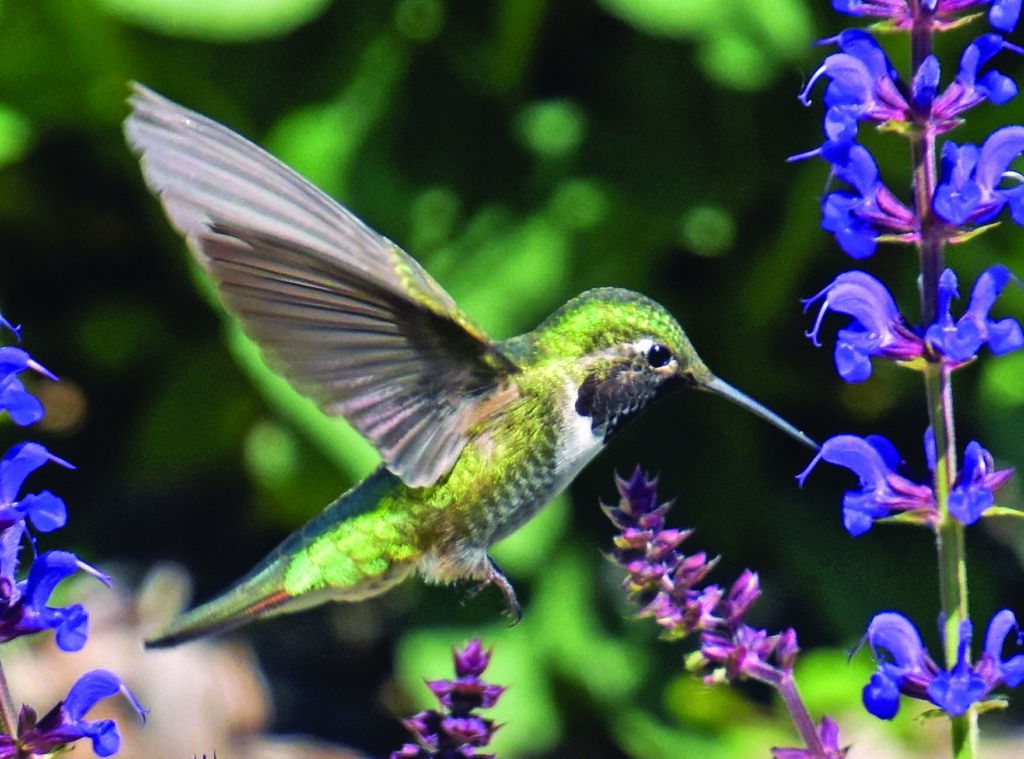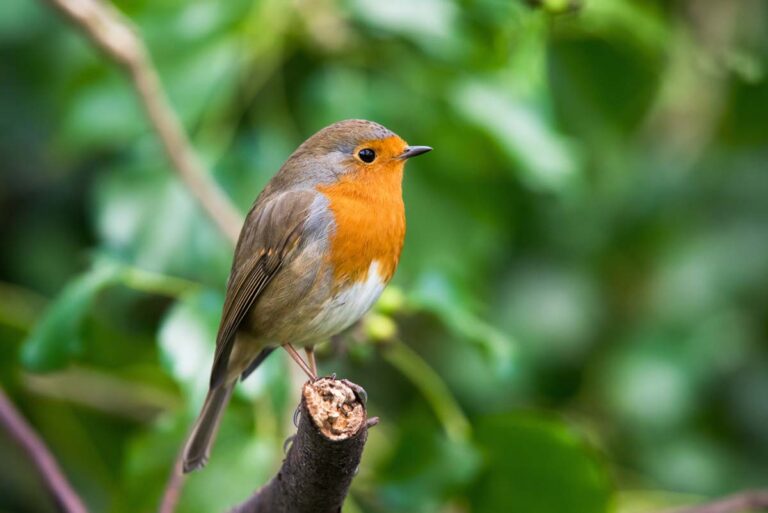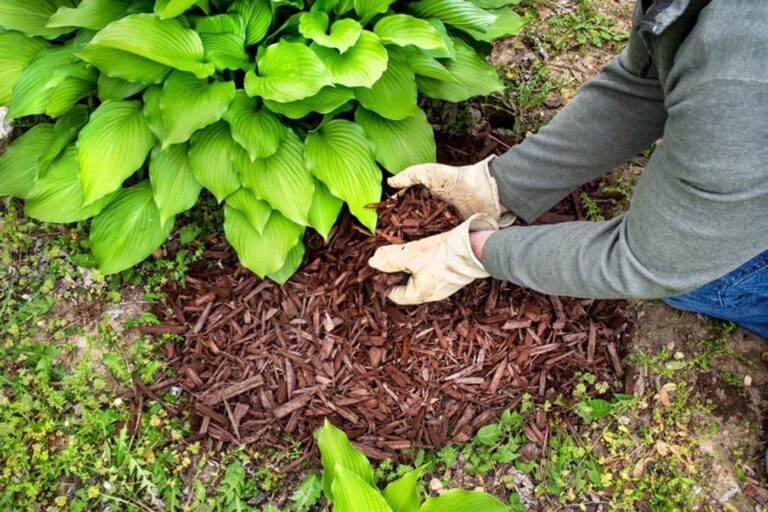Hello to all. Bird nut here.
Seems like I was just writing with excitement and anticipation of the spring arrival of many migratory summer visitors. Now I write of the exodus of literally millions of birds as they return to their winter habitats, some as far south as South America.
I am particularly amazed at the Rufous hummingbirds. Commonly seen at mid- to late-summer feeders in Colorado. These little birds actually travel up the Pacific coast in February and March, nesting in Alaska, and northwest Canada, then returning through the Rocky Mountains. They will rest here for six to eight weeks before returning south – over 4,000 miles for a little bird that would fit in a tablespoon.
Most migratory birds move at night. So while we sleep, thousands of birds are flying overhead, guided by stars to bring them back to where they began.
Many migratory birds will not reach their destinations, mostly due to collisions with man-made structures and objects. Light pollution also confuses birds, pulling them off course. It has decimated bird numbers.
There are some helpful solutions, many of which we can practice in our own yards. Putting hoods over outside lighting and moving lamps out of windows can be a huge start, and simply done. Colorado has six communities recognized by the International Dark Sky Association, including Westcliffe and Silver Cliff, drawing national acclaim. Not only do Dark Sky concepts save multitudes of birds, it offers some of the best stargazing anywhere.
Wouldn’t it be something if towns such as Wheat Ridge would grasp and lead the way as a Dark Sky Community? It is not cost prohibitive, and simple for the most part to do. I highly recommend a visit to Westcliffe to see or not see the light pollution.
Wishing everyone a safe and happy autumn.
Ken Hall is a fourth-generation Coloradan and a self-taught naturalist






